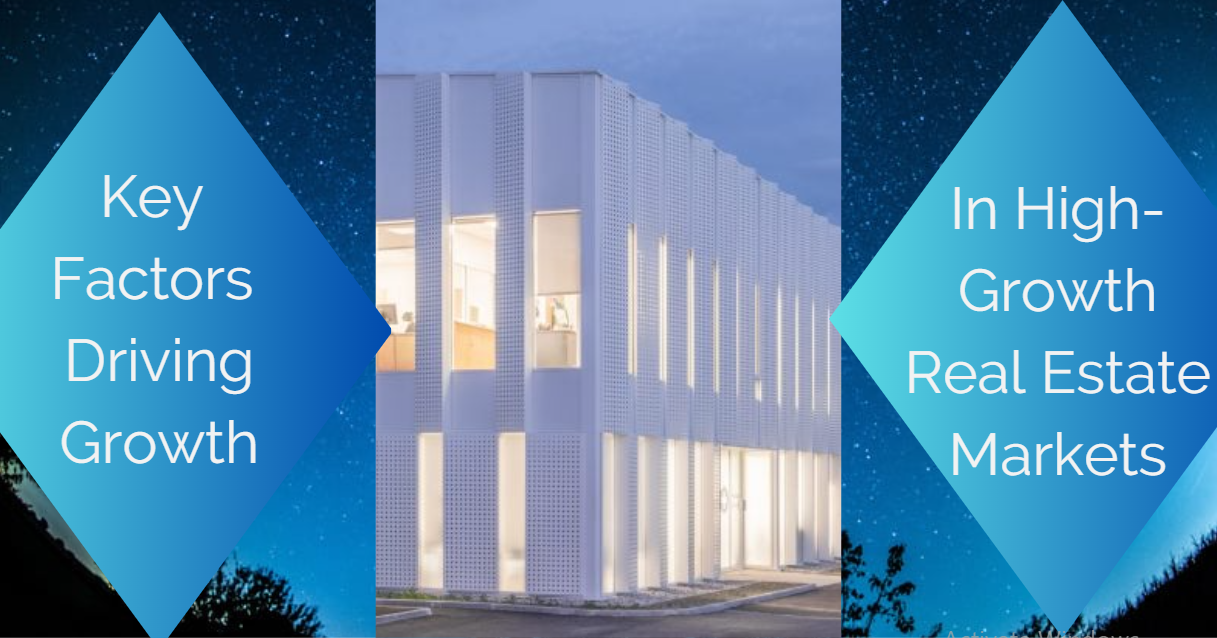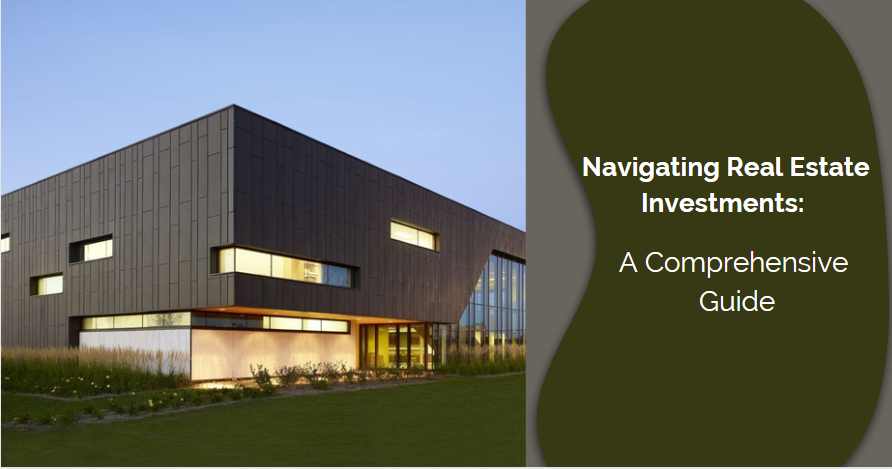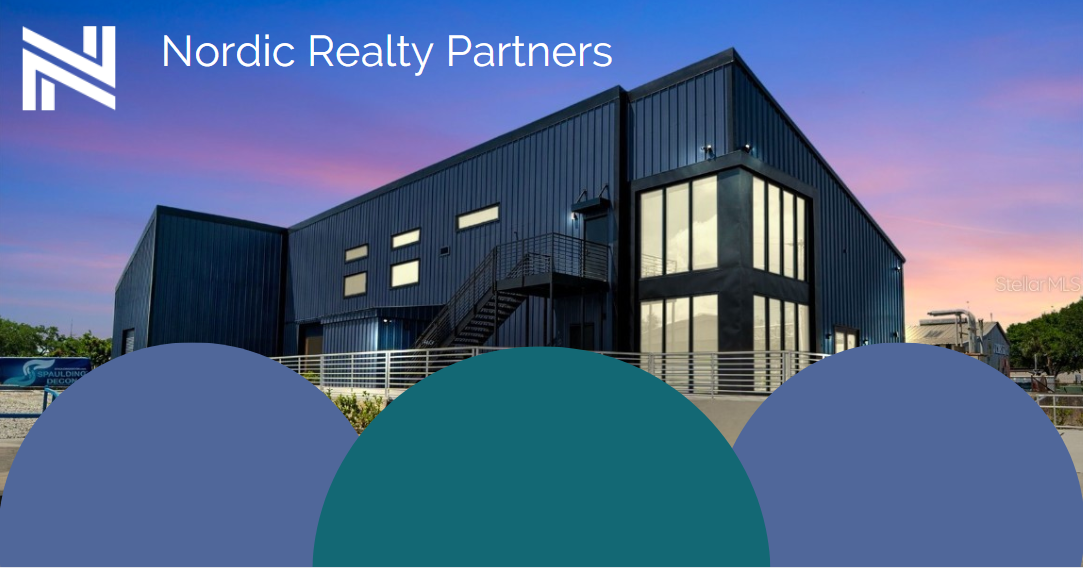While commercial real estate investment can offer substantial returns, it's crucial to acknowledge the variability and risks inherent in this industry. Certain markets are currently demonstrating rapid growth, opening up new opportunities for discerning investors. In this blog post, we will delve into the critical elements propelling these high-growth real estate markets.
1. Economic Growth:
One of the significant factors driving growth in high-growth real estate markets is economic growth. The economy plays a crucial role in the real estate industry as it affects the demand and supply of properties. When the economy is growing, the demand for properties increases, which results in higher property prices. In contrast, when the economy is struggling, the demand for properties decreases, leading to lower property prices.
2. Population Growth:
Population growth is another crucial factor driving growth in high-growth real estate markets. As the population grows, the demand for housing and commercial properties increases, leading to higher property prices. Therefore, investors looking to invest in high-growth real estate markets should consider areas with a high population growth rate as it indicates a higher demand for properties.
3. Infrastructure Development:
Infrastructure development is a key factor driving growth in high-growth real estate markets. Improvements in infrastructure, such as new highways, airports, and public transportation systems, make areas more accessible and desirable, resulting in higher property prices. Therefore, investors should consider investing in areas where significant infrastructure development is underway as it indicates a positive growth outlook.
4. Technology Advancements:
Technology advancements are playing an increasingly crucial role in the real estate industry, and this trend is expected to continue. With the rise of smart homes, real estate investors can invest in properties that are equipped with the latest technology, making them more attractive to tenants and buyers. Investors should consider investing in high-growth real estate markets that are embracing technology to remain competitive.
5. Government Policies:
Government policies can significantly impact the real estate industry, and this is particularly true in high-growth real estate markets. Investors should be aware of government policies related to taxes, zoning, and building regulations, as they can impact the profitability of real estate investments. Therefore, investors should consider investing in areas with government policies that are favorable to the real estate industry.
Conclusion:
Investing in high-growth real estate markets can provide significant opportunities for investors. However, it is crucial to consider the key factors driving growth in these markets, such as economic growth, population growth, infrastructure development, technology advancements, and government policies. By understanding these factors, investors can make informed decisions and maximize their returns on investment.











